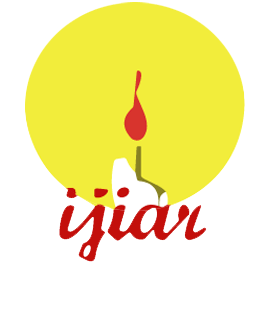COMPARISON BETWEEN DIFFERENT DIETARY METHIONINE SOURCES ON PRODUCTIVE PERFORMANCE, HEMATOLOGICAL, BLOOD METABOLITES, AND HISTOLOGICAL PARAMETERS IN BROILER CHICKEN UNDER SEMI-ARID CONDITIONS.
- Animal & Poultry Physiology Dept., Desert Research Centre, Egypt.
- Poultry. Prod. Dept., Fac. of Agric., Ain Shams Univ., Egypt.
This research was guided to investigate the effects of supplementation of DL-methionine (DLM) and liquid DL-methionine hydroxy analog free acid (MHA) in diets on productive performance, hematological, blood metabolites and histological parameters in broiler chickens under summer conditions in Sina. A total number of 180 one day old Hubbard broiler chicks, with initial body weight (46.9 ± 2.5 g), were divided into 6 equal treatment groups. The treatment were DL-methionine (DLM) at 0.25% level, acid liquid methionine (ALM) and methionine hydroxyl analogue Ca salt (MHA) at 0.29 and 0.30%, respectively with and without dietary L-Threonine (0.0 and 1.0 g/kg diet). Chicks were raised for 35 days in battery cages under semi – arid conditions (high ambient temperature and relative humidity) in open-side housing. The obtained results indicate: The productive performance of DLM and MHA were not significantly different. Supplementation of DLM and MHA significantly improved final body weight, body weight gain, average daily gain, and feed conversion ratio when compared to the control group (P<0.01). The use of DLM enhanced the plasma methionine concentration (P<0.01) and increased the heterophil/lymphocyte ratio (P<0.05). While MHA elevated the plasma urea and uric acid concentration levels (P<0.05).
Ass. Professor of Poultry Physiology, Animal & Physiology Department, Desert Research Center (DRC).
Share this article
